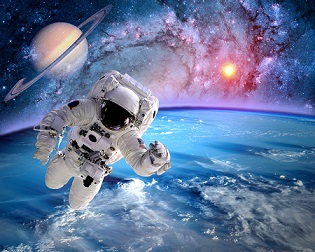Crops in space: sustainability lessons for planet Earth

Related topics
Agriculture & Forestry Innovation Space Societal Challenges Sustainable agriculture and forestry Belgium Germany Ireland Italy Netherlands Norwaydate: 27/08/2015
Project: Technology and Innovation for Developmen...
acronym: TIME SCALE
See also: CORDIS
Astronauts who undertake short duration journeys or spend time at the International Space Station (ISS) are completely dependent on supplies of oxygen, water and food being sent up from Earth. Each day, crew members require around 30 kg of water, food and air, which over time accumulates to a huge amount of cargo.
The ability to grow crops in space is therefore a key component in making long distance space travel feasible, and is the reason why plant experiments have been carried out on board the ISS since 2006. These experiments have taken place in the European Modular Cultivation System, a small greenhouse operated remotely from ground.
TIME SCALE aims to step up this research, with the ultimate goal of developing a closed regenerative life support system for the ISS where water, nutrients, air and waste can be recycled continuously. The idea is that astronauts would eat food grown in space, with the resulting waste turned into fertilizer for plants. This in turn would create oxygen and more food.
This research has implications for agriculture closer to home. Ever-increasing pressures on available arable land and water resources mean that maximising resources and minimising waste need to be prioritised. Sustainable greenhouse-based crop production methods could lead to a significant reduction in fertilizer and water use.
Looking further ahead, the team hopes to find out how crops cope under different gravity conditions, which might one day open the door to agricultural colonies on the moon – or even Mars.
